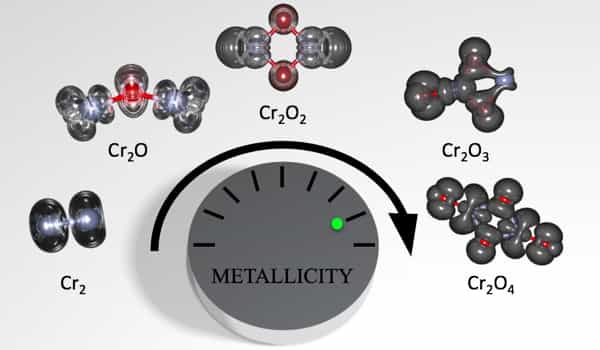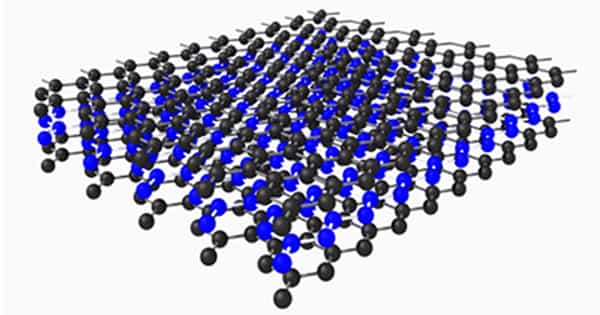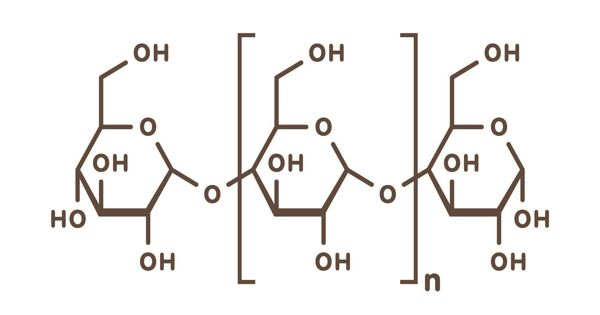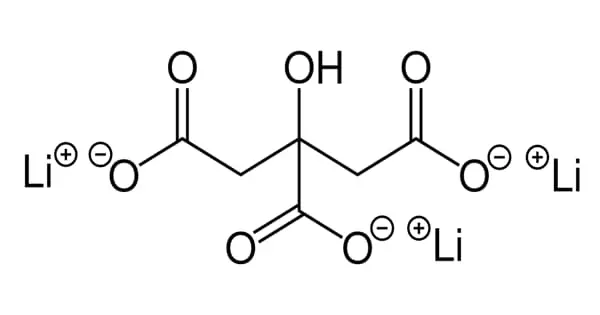If you’re old enough, you might still have a box of VHS or cassette tapes lying around. These storage devices were popular in the 1970s and 1980s, but have since fallen out of favor, having been supplanted by CDs and other digital media. Researchers are now reexamining chromium oxides, magnetic chemical compounds that were previously used to coat the surfaces of such tapes.
Scott Sayres and Jacob Garcia, researchers at ASU’s Biodesign Center for Applied Structural Discovery and ASU’s School of Molecular Sciences use mass spectroscopy and ultrafast laser pulses to examine chromium oxides in unprecedented detail in a new study.
Carbon-based materials have demonstrated great versatility due to their ability to form strong covalent bonds when chemically combined with other carbon-based materials and a variety of different elements. As a result, they have excellent properties such as high strength, density, and hardness.
Researchers use mass spectroscopy and ultrafast laser pulses to interrogate chromium oxides in unprecedented detail.
Their research, development, and innovation are taking place in a variety of fields, and studies utilizing the development of carbon-based materials have yielded many positive results for a wide range of structures, allowing the development of several materials with various applications.
“Chromium oxides have really exciting magnetic and electronic properties,” Sayres says. “They’re a one-of-a-kind material with a complex molecular structure.” One of the current study’s surprising findings is that adding oxygen atoms to chromium compounds increases their metallic properties, and these changes can be very precisely controlled.
The findings pave the way for a new generation of electronics to be designed at the smallest possible scale, allowing for the creation of tunable, molecular-sized components that could vastly increase processing and storage capacities in new devices.

The findings, published in the current issue of the Journal of the American Chemical Society (JACS), describe the behavior of clusters of chromium oxide atoms that can be fine-tuned to change their electrical conductance, acting as wire-like conductors of electricity, semiconductors, or insulators depending on the number of oxygen atoms present.
Such advancements are part of a larger trend in electronics known as spintronics. While traditional electronic devices control the flow of electrical charge, spintronics uses spin, a quantum property of electrons, to potentially allow for far greater storage capacity and data transfer speed.
The basic concept made its way into the first consumer products in the late 1990s in the form of magnetic computer hard drives with storage capacities hundreds of times greater than their predecessors. Because of their high spin polarity, chromium oxides are particularly well suited for such applications. Spin polarity is a measure of the range of conductance states that chromium clusters can assume based on the number of oxygen atoms (or oxidation state).
Chromium oxide, also known as a half-metal, is an inorganic compound composed of oxygen and chromium atoms that combine to form a crystal structure. The term half-metal refers to the fact that its electrical properties can shift between high conductance metallic and low conductance insulating depending on its electron configuration.
A femtosecond laser is used as a camera in the current study to observe the motion of excited state electrons, capturing dynamic events that occur on a femtosecond time scale, or a millionth of a billionth of a second. The subtle transitions between insulating and metallic conducting properties were observed as oxygen atoms were added to the chromium clusters.
“We tried to change the smallest possible building blocks of chromium oxide atom by atom,” Sayres explains. The findings show that the bulk properties of chromium oxide can still be found at extremely small scales. “This means that we can create new devices using very small amounts of material while retaining the exciting electronic properties that chromium oxides are known for.” Aside from a new generation of familiar electronic devices, chromium oxide-based spintronics may pave the way for quantum computing.
















